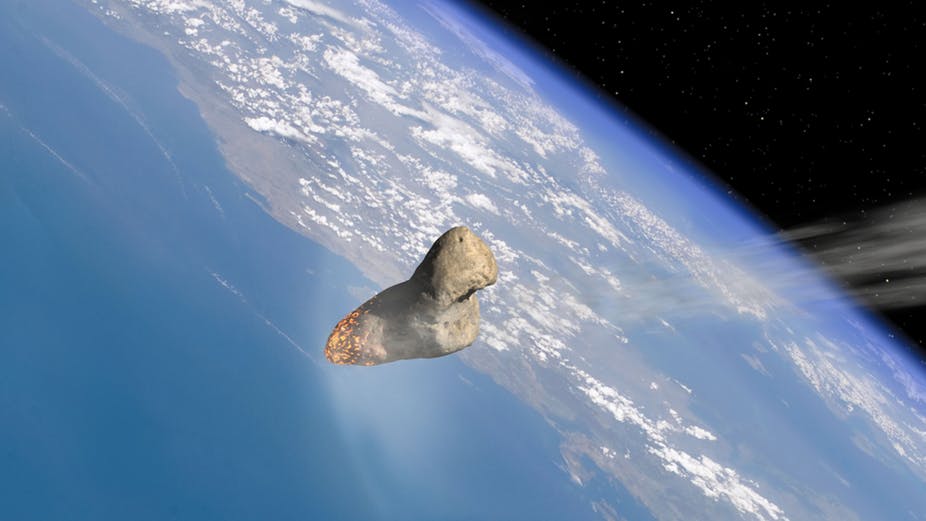This month near the Earth flew a relatively small asteroid, which was discovered just six days before. It sounds scary, but the fact is that the possible collision of such an object with the Earth is an extremely unlikely event. Every year, more than 50,000 tons of extraterrestrial material (stones and dust) hits our planet. All this comes down in the form of tiny pieces - even if all this fell simultaneously, it would be little more than an asteroid the size of a truck that passed by in January.

But while scientists easily notice large asteroids more than a kilometer across, what risk can smaller asteroids have that would be more difficult to track? Should we worry?
It is widely believed that dinosaurs were destroyed 65 million years ago as a result of the fall of a large asteroid. The consequent changes in the environment-the rapid growth of atmospheric temperature, forest fires worldwide, followed by a sharp drop in temperature and acidification of ocean waters-were a consequence of the size of the asteroid. Most likely, across it was about 10 kilometers.
The rock exploded in the atmosphere, and many fragments of the meteorite scattered throughout the territory. The largest piece weighing 600 kilograms was found a few months later in a lake covered with ice. Although many people suffered, most of the injuries were associated with broken glass as a result of an atmospheric shock wave.